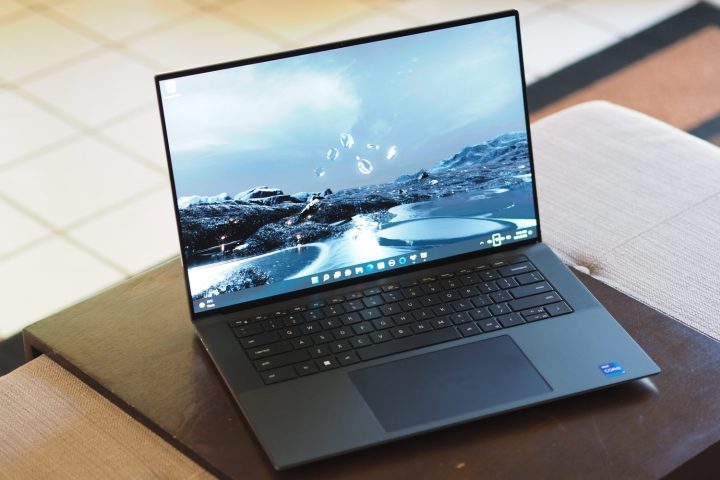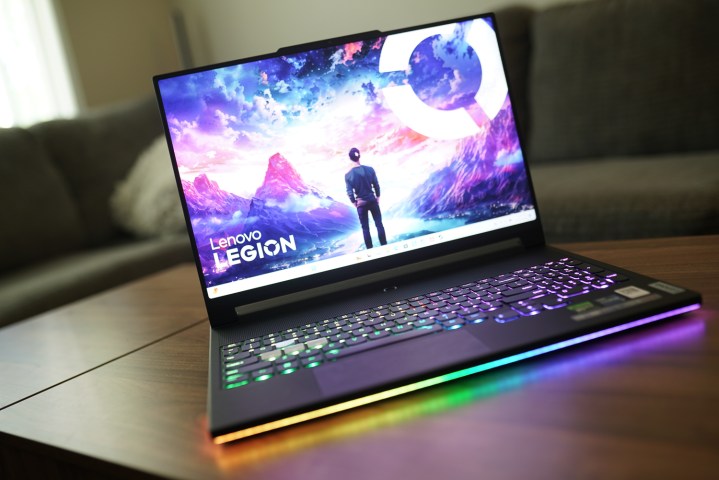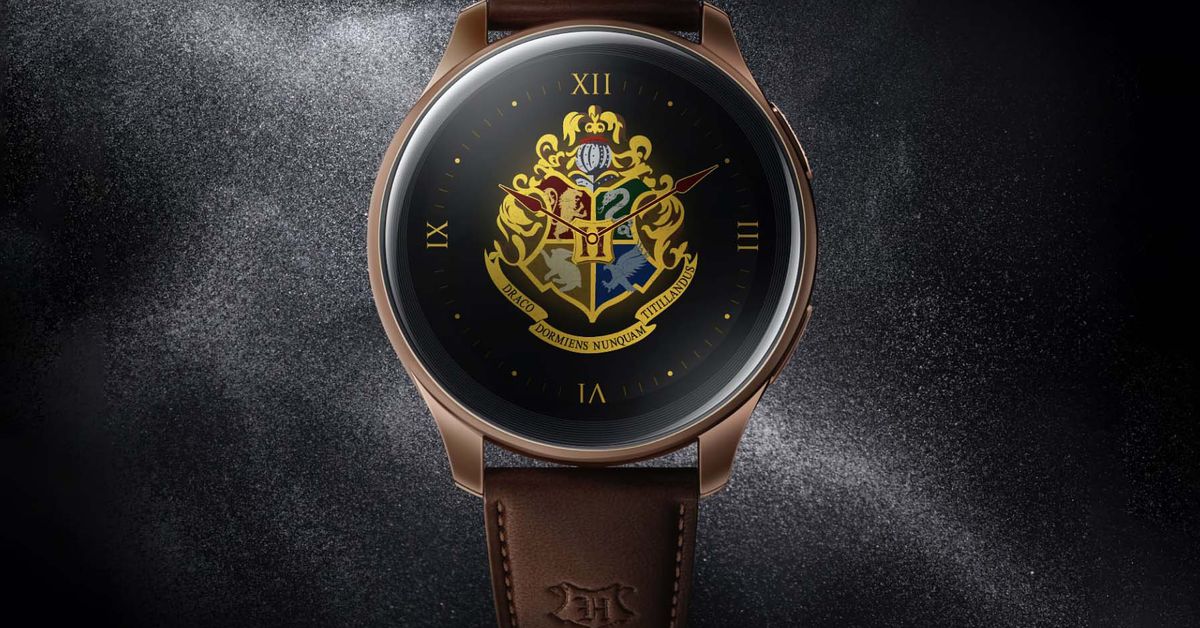These were the laptop trends that dominated 2023
Laptops were pretty boring in 2023, as affordability and better displays were the most important trends, with the most prominent lines stagnating.

In some ways, 2023 was a quiet year when it came to laptops. After coming off the high of PC sales during the peak of the pandemic, 2023 was the year of the correction. Many of the most popular lines received minor upgrades, and there weren’t many significant technological innovations that pushed laptops forward.
Even so, there were five trends in 2023 that are worth looking back on and that point toward what’s coming in the future.
Some prominent lines remained largely unchanged
 Mark Coppock / Digital Trends
Mark Coppock / Digital TrendsManufacturers tend to perform major updates to their lines every few years. Sometimes, as in 2023, things line up in such a way that a number of prominent laptops receive only minor upgrades.
Dell’s XPS line is an important example. The XPS 15 and XPS 17 received CPU and GPU upgrades in 2023, but their designs remained exactly the same as we’ve seen for several years now. Even the webcam remains at 720p and the wireless connectivity is at Wi-Fi 6, not Wi-Fi 6E, demonstrating that Dell wasn’t interested in pushing their largest XPS machines forward this year. The newer XPS 13 Plus received minor CPU upgrades and still uses a 720p webcam and Wi-Fi 6, while the new near-budget XPS 13 design, introduced in 2022, wasn’t updated at all and still runs Intel 12th-gen processors with older components.
HP’s Spectre line also received minor CPU updates. The Spectre x360 13.5, for example, is unchanged from 2022 except for an upgrade to 13th-gen processors. Note that HP did introduce the Spectre Foldable PC, which is incredibly innovative and incredibly expensive at $5,000. But otherwise, the Spectre line hasn’t changed much.
 HP Spectre x360 13.5 Mark Coppock / Digital Trends
HP Spectre x360 13.5 Mark Coppock / Digital TrendsGoing through the list, Lenovo’s ThinkPad line is another example, with its flagship ThinkPad X1 Carbon hitting its 11th generation with only moderate updates from the 10th-gen machine. And Microsoft’s Surface line had just two budget upgrades in the Surface Laptop Go 3 and Surface Go 4, along with a minor spec bump to the Surface Laptop Studio 2.
We’ll see if any of these lineups receive more meaningful updates in 2024. So far, though, they’re treading water.
Performance and battery life increases were incremental
 Apple
AppleFor most users, Intel’s 13th-gen CPUs offered only incremental performance and efficiency improvements over their 12th-gen predecessors. AMD’s latest Ryzen processors are fast, but not game-changers. Both chipmakers have very fast CPUs at the high end, but that’s mostly of interest to gamers and creators. For mainstream productivity users, there’s been no real discernable improvement in either performance or battery life.
The same held true for GPUs. Nvidia’s GeForce RTX 4000 series were improvements for sure, but the increase over the RTX 3000 series was only incremental. AMD wasn’t much of a player at all in mobile GPUs in 2023.
Probably the most exciting laptop CPU and GPU update came from Apple. Its new M3 chips are a real jump in performance, particularly at the high end. The base M3 offers a meaningful improvement over the M2 that’s greater for typical users than Intel achieved with its 13th-gen CPUs. However, the M3 Max we tested provides a massive jump over the previous generation, particularly in GPU performance. Apple also increased memory capacity and performance, making the MacBook Pro 14 and 16 among the most powerful laptops creators can buy today. When you factor in the line’s phenomenal battery life, Apple made the most significant advances in 2023.
Displays kept getting better
 Lenovo Legion 9i Jacob Roach / Digital Trends
Lenovo Legion 9i Jacob Roach / Digital TrendsOne trend in 2023 that was great to see was a continued improvement in displays. We saw several Windows laptops introduced with Mini-LED displays, and while most of them didn’t demonstrate the same performance as Apple achieved in its MacBook Pros, the Lenovo Legion 9i‘s mini-LED panel was spectacular.
In addition, we saw OLED displays make their way to several laptops priced at $1,000 or less. The Asus Zenbook 14 OLED was our favorite affordable laptop, offering an OLED panel running at 90Hz for just $700. As of 2023, you no longer have to spend premium prices to get a great display.
Speaking of refresh rates, a significant percentage of the laptops I reviewed in 2023 ran at 90Hz or faster. Apple started the trend in 2020 with the original M1 MacBook Pros, and the industry has just started to catch up. Windows 11 is a much smoother experience with a display that runs faster than 60Hz.
Excellent laptops were more affordable
 Asus ZenBook 14X OLED Mark Coppock / Digital Trends
Asus ZenBook 14X OLED Mark Coppock / Digital TrendsThe Zenbook 14 OLED wasn’t the only laptop I reviewed that offered more value than we’ve seen in previous years. In fact, I’d say that 2023 redefined the midrange laptop, with more excellent options showing up in the $800 to $1,200 range.
The Zenbook 14X OLED is a faster and slightly larger laptop than its sibling, starting at just $800 with a fast 45-watt Intel Core i5-13500H and a superior OLED display. That’s an incredible price for a laptop that will handle the most demanding productivity workflows.
Another great option is the HP Pavilion Plus 14, costing $850 and boasting a Ryzen 5 7540U and a high-resolution IPS display. Even when upgraded to a Ryzen 7 7840U and an OLED display, the laptop remains affordable at $900.
Those are just a few of the laptops introduced in 2023 that offer better performance, displays, and built quality than we usually see for less than $1,000. It’s perhaps the most important trend we saw in 2023.
A middling year in laptops
More affordable laptops with excellent displays is a nice trend. But otherwise, 2023 was a pretty boring year in laptop design. We didn’t see any groundbreaking new technologies that significantly advanced how we use laptops.
It’s looking like 2024 might be a little more exciting, especially in terms of performance and efficiency with Intel’s new Meteor Lake CPUs and potentially more competitive Windows laptops built around efficient ARM processors.

 BigThink
BigThink 
































